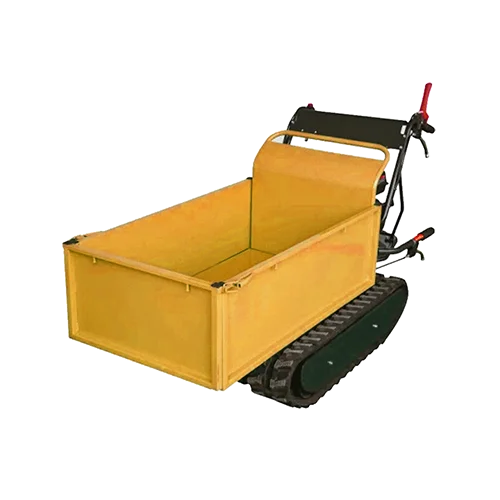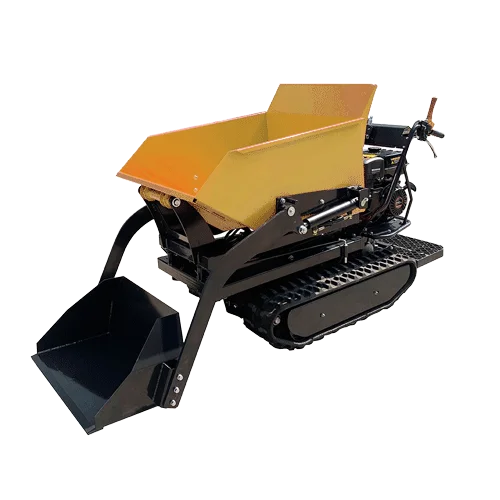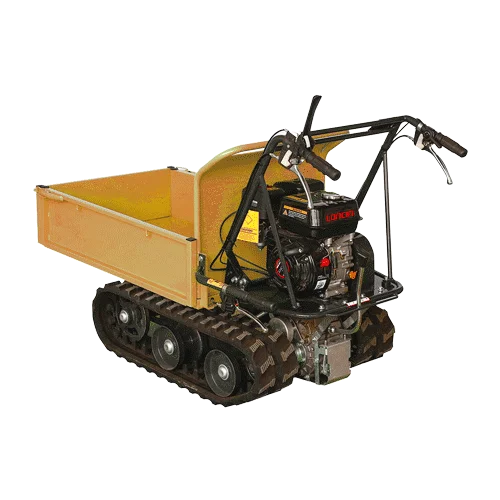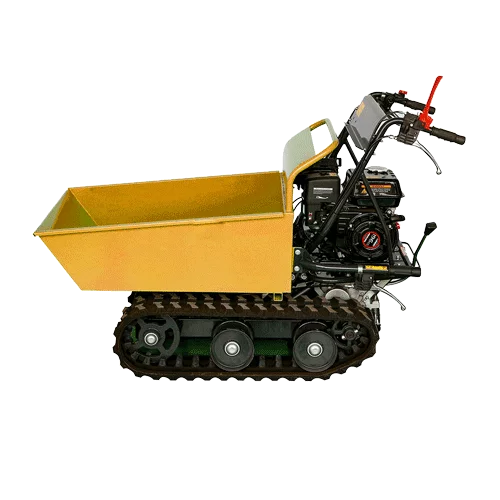Bienvenue sur mon blog !
Avant de plonger dans le contenu, j'aimerais que vous me rejoigniez sur mes plateformes de médias sociaux où je partage plus d'informations, je m'engage avec la communauté et je publie des mises à jour. Voici comment vous pouvez vous connecter avec moi :
Facebook:https://www.facebook.com/profile.php?id=100087112105480
LinkedIn:https://www.linkedin.com/showcase/99327366/admin/dashboard/
Maintenant, commençons notre voyage ensemble. J'espère que vous trouverez le contenu de ce site perspicace, intéressant et utile.
Table des matières
Introduction

Understanding dump truck dimensions is crucial for construction, mining, and hauling operations. Whether you are purchasing a dump truck or renting one, knowing its specifications can significantly impact efficiency and cost-effectiveness. The size of a dump truck determines its load capacity, maneuverability, and suitability for different job sites.
This article explores essential aspects of dump truck dimensions, revealing shocking facts that many might not be aware of. From the variations in bed sizes to the impact on road regulations, these details will help you make informed decisions.
The Impact of Dump Truck Dimensions on Load Capacity
One of the most important aspects of dump truck dimensions is how they influence load capacity. A truck’s length, width, and height determine how much material it can transport in a single trip. Larger dump trucks are ideal for large-scale construction sites, while smaller ones are better suited for urban areas with space constraints.
Key Factors Affecting Load Capacity
- Truck bed length – Longer beds allow for greater material volume.
- Sidewall height – Higher sidewalls increase hauling capacity.
- Axle configuration – More axles distribute weight better, allowing for heavier loads.
- Material type – Dense materials, such as gravel, may require trucks with lower walls to prevent overloading.
How Dump Truck Dimensions Affect Maneuverability

Maneuverability is another critical factor influenced by dump truck dimensions. Larger dump trucks, while offering higher capacity, may struggle to navigate tight spaces. On the other hand, smaller dump trucks provide better handling, making them ideal for urban projects.
Factors That Influence Maneuverability
- Wheelbase length – Longer wheelbases reduce turning ability.
- Overall width – Wider trucks require more clearance.
- Articulated vs. rigid frame – Articulated dump trucks have better flexibility in rough terrains.
Comparing Standard Dump Truck Dimensions
Dump truck dimensions vary depending on their type and intended use. Below is a general comparison of different types of dump trucks and their typical size ranges:
| Dump Truck Type | Length (ft) | Width (ft) | Height (ft) | Load Capacity (tons) |
|---|---|---|---|---|
| Camion benne standard | 20-30 | 8-9 | 10-14 | 10-20 |
| Camion-benne articulé | 25-40 | 9-11 | 12-15 | 25-50 |
| Off-Road Dump Truck | 30-50 | 10-12 | 15-20 | 50-100 |
| Camion à benne latérale | 25-35 | 8-10 | 12-15 | 15-30 |
These measurements give a general idea of how different dump truck dimensions can vary. Choosing the right truck depends on job requirements, terrain, and transportation regulations.
How Road Regulations Limit Dump Truck Dimensions

Dump trucks must comply with local road regulations, which often impose restrictions on size and weight. These regulations are designed to protect infrastructure and ensure road safety.
Common Regulatory Restrictions
- Maximum width limit – Typically set at 8.5 feet for road-legal trucks.
- Weight limitations – Trucks exceeding legal limits require special permits.
- Height restrictions – Overhead bridges and tunnels set limitations on truck heights.
Failure to comply with these regulations can result in fines, increased operational costs, and potential project delays.
The Role of Dump Truck Dimensions in Fuel Efficiency
A dump truck’s size directly impacts fuel efficiency. Larger trucks consume more fuel due to higher weight and engine power requirements. However, properly optimizing dump truck dimensions can lead to cost savings in fuel expenses.
Ways to Improve Fuel Efficiency
- Choosing the right size – Avoid using oversized trucks for small loads.
- Aerodynamic design – Some models feature streamlined designs to reduce drag.
- Load optimization – Evenly distributing weight reduces unnecessary fuel consumption.
By understanding how dump truck dimensions influence fuel use, businesses can reduce costs while maintaining productivity.
Conclusion

Dump truck dimensions play a crucial role in determining efficiency, maneuverability, and compliance with regulations. Selecting the right truck size depends on project needs, material type, and operational environment. Whether you’re in construction, mining, or logistics, knowing the dimensions of dump trucks helps optimize performance and costs.
FAQ
Q1: What is the standard width of a dump truck?
A: Most standard dump trucks have a width of around 8 to 9 feet, which allows them to meet legal road requirements.
Q2: How do dump truck dimensions affect payload capacity?
A: Larger dump trucks can carry more material, but they must adhere to weight limits and maneuverability constraints.
Q3: Are there height restrictions for dump trucks?
A: Yes, height restrictions depend on road regulations, bridge clearances, and local ordinances.
Q4: How can I determine the right dump truck size for my project?
A: Consider factors such as the volume of material, road accessibility, and regulatory compliance.
Q5: Does a longer dump truck always mean higher capacity?
A: Not necessarily. Capacity depends on multiple factors, including bed design, axle configuration, and material density.
